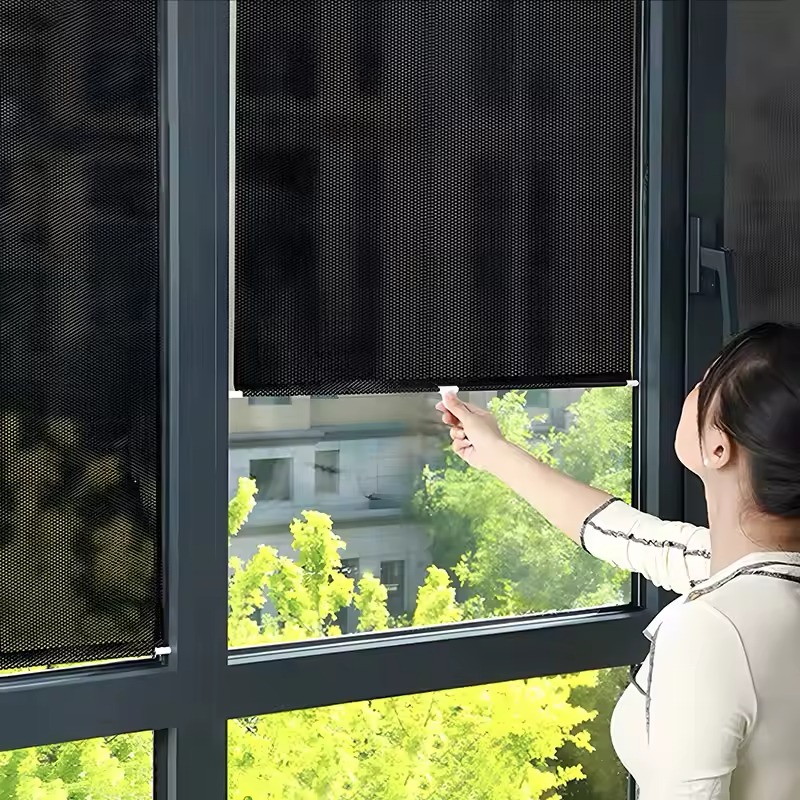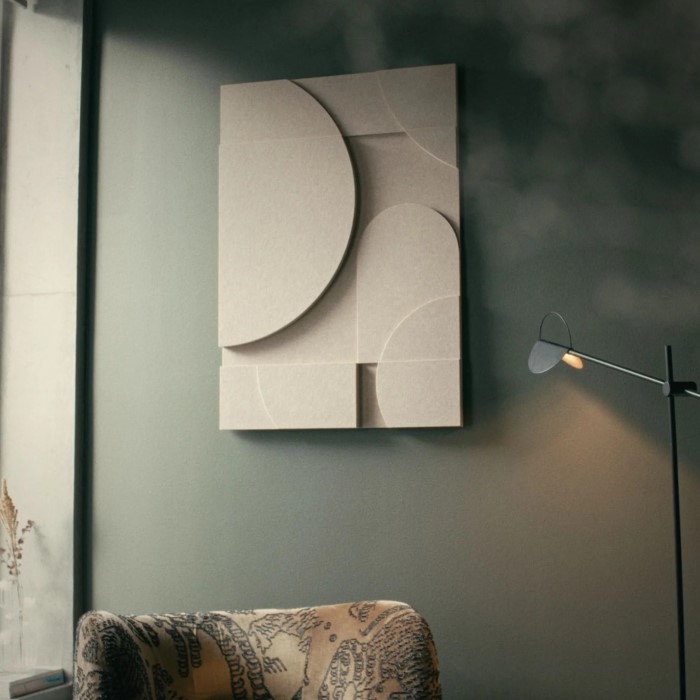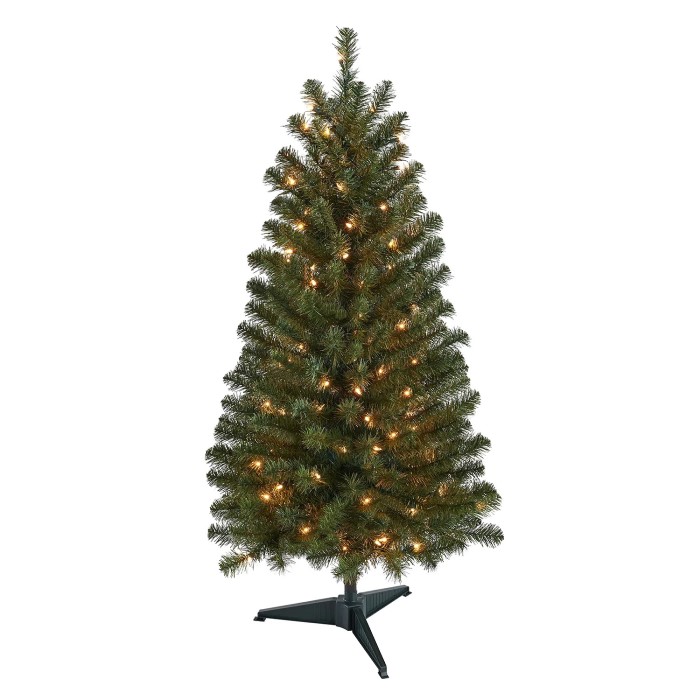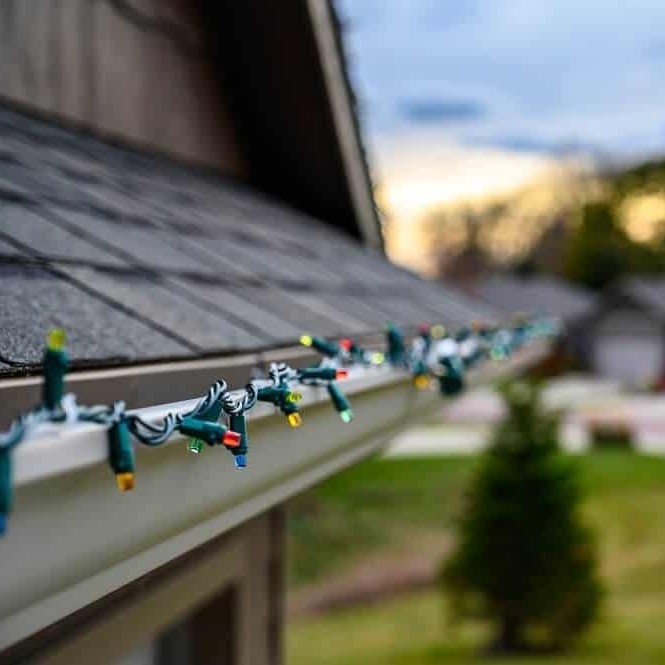Benefits of Turning Blinds Up
Choosing the right blinds orientation can enhance comfort and privacy in your home. When you select the “blind up” position, you unlock several benefits that contribute to an ideal living space.
Enhanced Privacy
With blinds turned up, the curvature of the blinds faces outward. This arrangement makes it hard for people outside to peek inside. It boosts your home’s privacy, keeping your space yours alone.
Superior Light Control
Turning blind up directs light toward the ceiling rather than into the room. This offers softer lighting, which reduces glare on screens and helps create a relaxing atmosphere.
Improved UV Protection
The “blinds up” position shields interiors from harsh UV rays. This can prevent damage to fabrics and furniture, keeping your home looking newer for longer.
Cooler Room Temperatures
In warm months, blinds facing up help reflect heat away from the room. This can keep spaces cooler, offering comfort without the need for air conditioning.

Advantages of Turning Blinds Down
Choosing to orient your blinds with the slats facing downwards, where the rounded side is visible from the inside, can bring different benefits to your home’s ambiance and functionality.
Aesthetically Pleasing Appearance
Blinds down create a smooth look. They show the rounded side of the slats. This looks more natural and pleasant in most room settings.
Increased Sunlight and Warmth
With slats angled downwards, sun rays spread more across the floor. This can warm the room naturally. It’s good for brightening spaces without harsh glare, especially during colder months.
Less Direct Light for Cozier Ambience
Slats facing down can filter light softly. This creates a cozy, diffuse glow in your space. It offers mild daylight that can enhance the warmth of a room’s decor.
Considerations for Different Seasons
Understanding how to orient your blinds each season can enhance your comfort and reduce energy costs.
Up or Down for Summer Heat Management
During summer, blinds orientation plays a key role in managing indoor temperatures. Turning blind up is often suggested. This reflects light and heat towards the ceiling, keeping rooms cooler. However, for rooms with less sun exposure, blinds down may allow comfortable light levels without raising temperatures significantly.
Best Practices for Winter Warmth
In winter, it’s about keeping heat inside. Blinds down can help trap warmth, directing it into the room rather than out the window. Warmer air stays low where you can feel it. An up orientation isn’t usually recommended for cold months, as it may allow more heat to escape.
Effects on Energy Efficiency
Proper blinds orientation can affect your home’s heating and cooling costs. By paying attention to the position of your blinds, you can either save energy or inadvertently increase consumption, impacting your utility bills.
How Blinds Orientation Impacts Heating and Cooling Costs
Choosing ‘blinds up’ or ‘blinds down’ affects your energy efficiency. Blind up in summer reflect heat, keeping rooms cooler and reducing air conditioning needs. Conversely, blinds down in winter trap warm air inside, lessening the need for heating. Understanding this can lead to better energy management and cost savings.
Ultimately, the direction your blinds face can help maintain a consistent indoor temperature. This translates to your HVAC system using less energy to heat or cool your house. Aligning blinds with seasonal changes is a smart, cost-effective strategy for energy-efficient living.
For maximum energy savings, consider the room’s position relative to the sun. Rooms with direct sunlight benefit from blinds up to deflect heat. North-facing rooms, which receive less sun, can have blinds down to let in light without raising temperatures.
In all scenarios, ensure blinds fit well. Gaps allow air leaks, compromising energy savings. Custom, made-to-measure blinds provide the best fit, thereby enhancing energy efficiency.
Choosing the Right Blinds for Your Needs
Selecting the ideal blinds involves understanding different types and their best orientations.
Types of Blinds and Their Optimal Orientations
Various blinds offer unique benefits depending on their orientation. For instance, Venetian blinds provide adjustable light control and privacy when positioned correctly. Vertical blinds work well for sliding doors and large windows, offering easy control over light and visibility. Roller blinds, known for their simplicity, can fit almost any setting and are excellent for achieving a minimalist look.
Choosing the right orientation enhances the functionality of the blinds. For maximum privacy and UV protection, blinds up are best. For a warm and inviting atmosphere, consider blinds down, especially in living spaces and bedrooms.
Made-to-Measure vs Standard Blinds
Custom, made-to-measure blinds cater specifically to your window measurements. They offer a perfect fit, eliminating gaps that could let in light or draughts. This precise fit contributes to better insulation and overall energy efficiency of your home.
In contrast, standard blinds are pre-sized and may not perfectly match your windows. This can result in less effective light control and energy efficiency. While they are often more affordable and readily available, the long-term benefits of custom blinds typically provide better value.
In summary, your choice in blinds should consider both type and fit. Proper selection ensures optimal functionality, aesthetics, and energy efficiency. Consider made-to-measure options for the best results in temperature control and privacy.
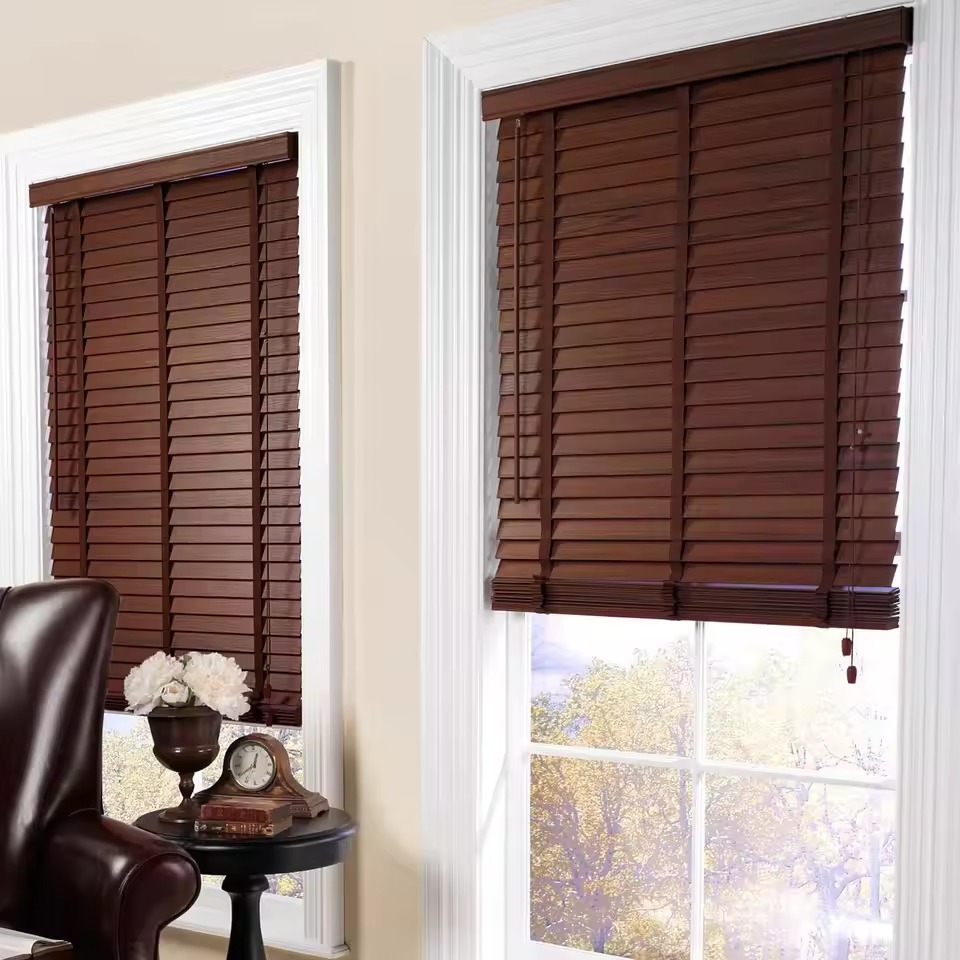
Installation and Maintenance Tips
To ensure that your blinds function at their best, proper installation and regular maintenance are essential. Here are some tips to help you keep your blinds in top condition.
Proper Installation Techniques
Installing blinds correctly is vital for optimal function and energy efficiency. Here’s how to do it right:
- Measure your window dimensions accurately for a precise fit.
- Follow the manufacturer’s instructions carefully.
- Use the right tools, such as a drill, screwdriver, and level.
- Securely attach brackets to the wall or window frame.
- Ensure slats are evenly aligned for smooth operation.
Taking the time to install your blinds properly can prevent issues and ensure they work as intended.
Regular Maintenance for Longevity
Keeping your blinds clean and well-maintained will extend their life and performance. Maintenance tips include:
- Dust blinds regularly with a soft cloth or duster.
- Clean slats with a damp cloth for stubborn dirt.
- Avoid harsh chemicals that could damage the material.
- Check and tighten any loose components periodically.
- If blinds have cords, ensure they operate smoothly and safely.
With regular care, your blind will look better and last longer, providing comfort and energy efficiency year-round. Remember to refer to specific care instructions provided for the type of blinds you have, as different materials may require different care methods.
Understanding Your Blinds’ Materials
The material of your blind significantly influences their functionality, aesthetics, and durability. Different materials come with unique properties, and understanding these can help you make informed choices.

Popular Blind Materials and Their Benefits
- Wood Blinds: Wood offers a classic and warm aesthetic, suitable for a range of decor styles. They provide excellent insulation and sound absorption, making them a popular choice for bedrooms and living areas. However, they require regular maintenance to prevent warping and damage from moisture.
- Fabric Blinds: Fabric options, such as roller shades or roman shades, allow for great versatility in pattern and color. They can effectively soften light and reduce glare, providing a cozy atmosphere. Fabric blinds are ideal for homes with varying light conditions, though they may require more frequent cleaning.
- PVC or Vinyl Blinds: These materials are known for their durability and ease of maintenance. They resist moisture, making them suitable for kitchens and bathrooms. PVC blinds can mimic the appearance of wood without the inherent disadvantages, such as susceptibility to damage from humidity.
-
Aluminum Blinds: Lightweight and cost-effective, aluminum blinds are durable and resistant to fading. They offer excellent light control and are easy to clean. While they may not provide the same warmth and charm as wood, they excel in modern and minimalist designs.





